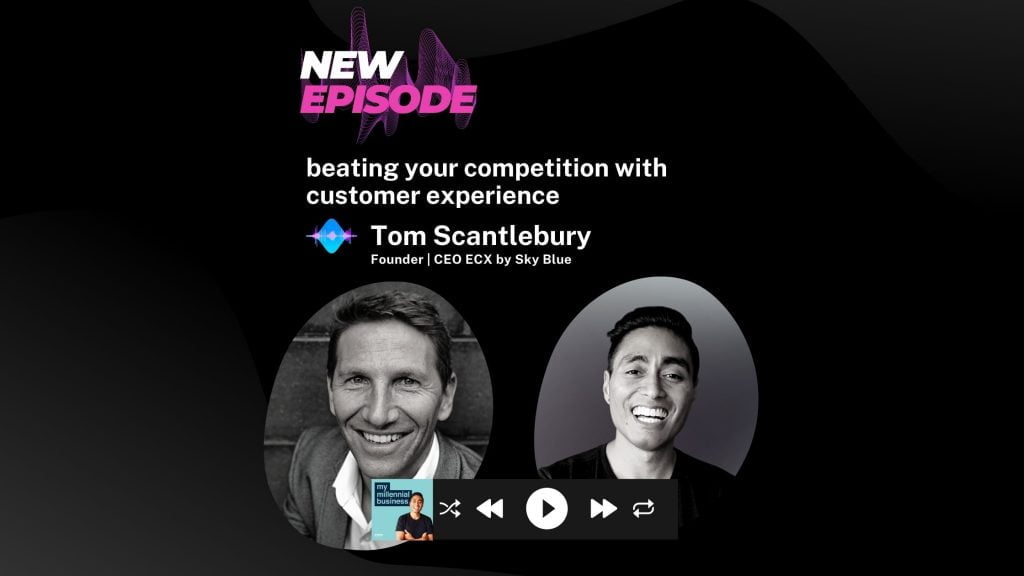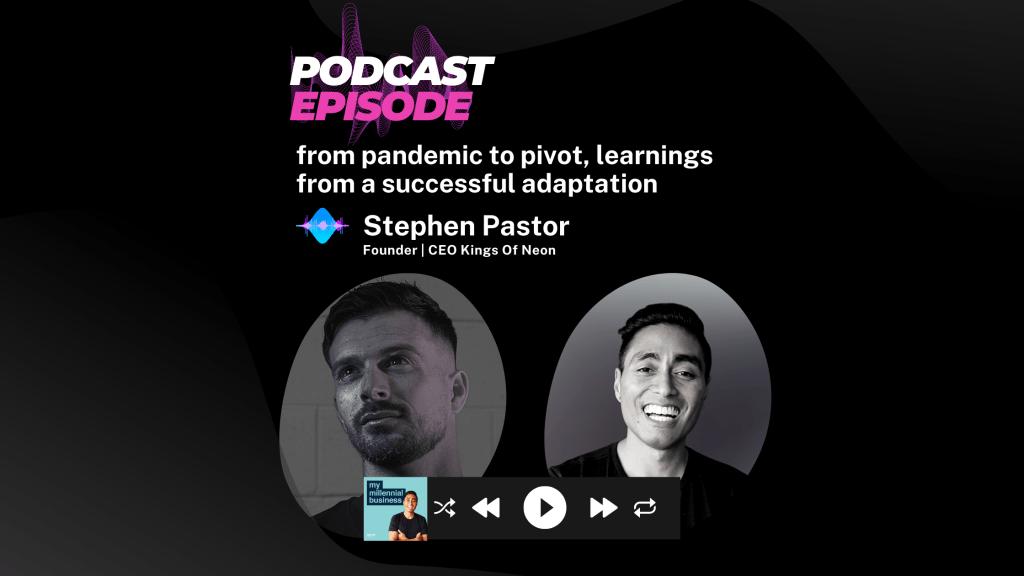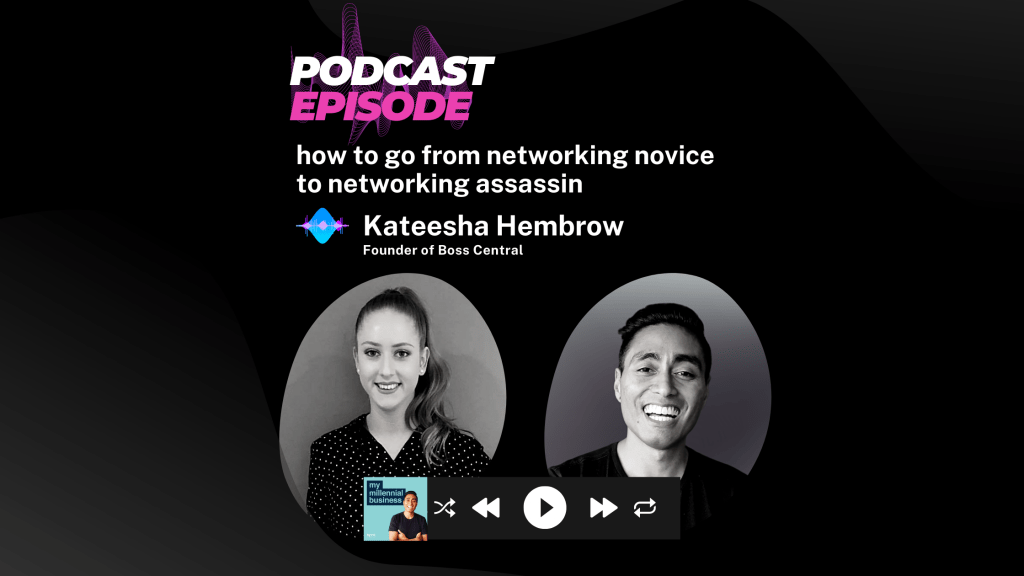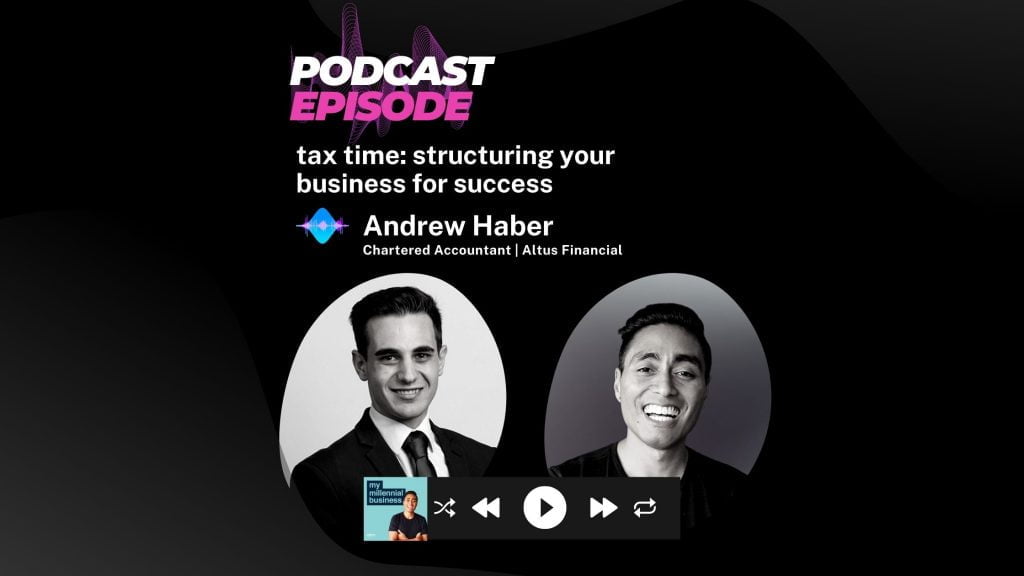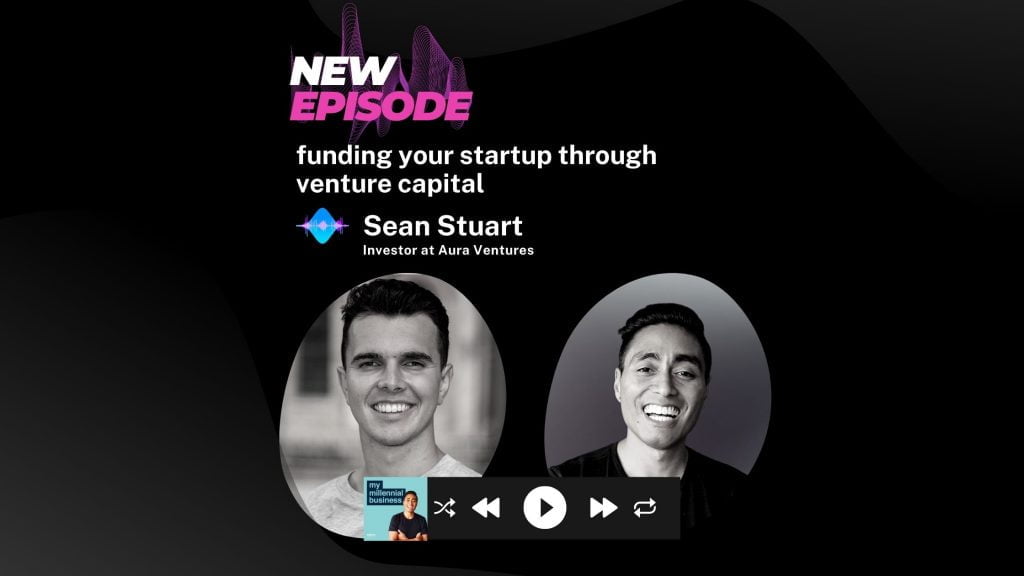Most business owners and managers know that video marketing is important. You’ve followed the trends on social media, and you’ve seen your competitors upload everything from 30-second reels to hour-long webinars.
But why is video marketing so important? Do the benefits outweigh the cost? And should it be a permanent addition to your marketing flight deck – or is it just another trend set to fade into the horizon after a few years? In this article, we’ll walk you through exactly why video marketing is so important, as well as what you can do to get started with your business.
Display Console
- Lift-off: The Current State of Video
- Video Improves Conversion Rates
- Video Builds Trust
- Video Can Be Easier to Consume
- Video Is Highly Transmissible
- Video Gives Your Marketing an Advantage
- Video Can Attract More Backlinks
- Video Is More Memorable
- The Advantages and Disadvantages of Video
- Flight Path: Where to Go Next
Lift-off: The Current State of Video
First, some context. Video is hugely popular as a marketing medium.
According to Wyzowl’s State of Video Marketing report, 86% of businesses use video for marketing, with 92% of marketers who use video saying that it’s an important part of their marketing strategy. In fact, 99% of current video marketers plan to continue with video in the future, and 66% plan to maintain or increase their video spend.
On the consumer side, around 88% of all Australian internet users watch at least some video content each month. YouTube, a video-only platform, is the second-most widely used social media platform in the world, boasting around 2.56 billion annual active users (versus Instagram’s 1.48 billion).
So is video some fast-fading social trend? Those statistics would indicate not. Video marketing is here to stay, and businesses need to work out whether it’s worth the investment. Here’s why it is.
Video Improves Conversion Rates
The most obvious benefit of video marketing is that it improves conversion rates. The same Wyzowl study found 87% of video marketers reported that video delivers a positive return on investment, and 81% stated that video has a direct, positive impact on sales.
Why? A few reasons:
- Video builds trust better than other mediums (more on this shortly).
- Video stands out in over saturated digital environments.
- Video can tell a story more effectively than images or text alone.
- Video can deliver lots of information quickly – without being overwhelming, confusing or boring.
That’s why video ads, in particular, continue to outperform other mediums. A Databox survey found that 59.3% of marketers said video drives the most engagement on Facebook Ads.
Video Builds Trust
The best way to build trust with potential customers is to meet them, look them in the eye, and hold a conversation. The next best way? Video marketing.
A video that features you or members of your team talking is a great way to build trust and credibility. Your prospect can get a sense of who you are in a way that isn’t possible from reading a blog or seeing a picture. They can hear your voice, see your mannerisms, and form an opinion about you.
When they meet your team in real life or visit your website, they’ve already formed a human connection with your brand – which makes taking them from prospect to customer that much easier.
Video Can Be Easier to Consume
User experience (UX) is a major consideration for content creation. The digital world is flooded with high-quality content, so making yours easy to consume is incredibly important.
Subtitled videos combine text, audio and visuals, offering three different processing methods for viewers – which is important, because different people consume content in different ways. Instead of forcing your target audience to read lengthy blogs, which can result in scan-reading and missed information, or listen to long podcasts, which limits visual learners, your audience can ‘choose their own adventure’ by watching, listening, or both.
Video Is Highly Transmissible
What would you prefer to send to a friend? An engaging, entertaining, two-minute video … or a 1,500-word blog post?
Most people would choose the first option, which is exactly why video content has taken off on platforms like LinkedIn, TikTok, and Instagram. One study found that, on Facebook, video posts had a much higher engagement rate (6.09%) than image posts (4.42%).
In addition to being more shareable, video’s versatility gives it an advantage over other content types. Blog posts and podcasts, for example, are hard to share natively on social media without being significantly reworked, but a video can be split into a dozen one-minute snippets and shared as shorts, reels, or TikToks.
Video Gives Your Marketing an Advantage
Marketing is always competitive – it’s you versus your competitors. Who’s going to reach that galaxy of ideal customers first? How can we make our marketing shuttle go faster? What resources can we add to our flight deck?
When it comes to content assets like blogs and videos, more established brands with more assets have better momentum, especially if you’re competing for traffic on search engines like Google or YouTube.
One of the biggest challenges incumbents face is maintaining that traffic share – produce content too slowly or too poorly, and entrants can quickly overtake you in search (which will impact your revenue).
Unlike blog articles, though, which can be written for a negligible cost or copied, video content is expensive and time-consuming to make. The more video content you produce, the harder it is for competitors to catch up. This ‘acceleration cost’ means your traffic share is less volatile; consequently, revenue derived from that traffic is also more stable.
Video Can Attract More Backlinks
Video can help your SEO by attracting more backlinks. We just talked about the idea of acceleration cost, and it’s applicable here too.
Links from other sites to yours are viewed as ‘votes of trust’ by Google, and having backlinks from trustworthy, topically relevant websites can help your website rank higher for search queries. Because people normally link to unique, helpful resources, getting links for regular pages and blogs is hard – if the information in them is valuable, it will be reproduced by dozens of other sites.
Video, however, is too resource-intensive to easily replicate, which means those other sites are more likely to just link to the original. This is backed up by data – Moz found that web pages with videos and text had almost three times the number of backlinks compared to web pages with just text.
Video Is More Memorable
As a medium, video is inherently more memorable than audio or text. The more data points we have, the better we can recall information, and video engages more of our senses than alternate mediums do.
Think about it. If you read that Mars has the biggest dust storms in our solar system, you might remember it … but, if you watched a video depicting a dust storm twice the size of the United States, it’s probably not something you’ll forget.
| “A large dust storm on Mars, nearly twice the size of the United States, covered the Southern Hemisphere of the Red Planet in early January 2022, leading to some of NASA’s explorers on the surface hitting pause on their normal activities. NASA’s Insight lander put itself in a ‘safe mode’ to conserve battery power after dust prevented sunlight from reaching the solar panels. NASA’s Ingenuity Mars Helicopter also had to postpone flights until conditions improved.” |
Which one is more memorable?
Better information retention for video content can also be used to help build your brand. How? Through brand associations – concepts, sights, sounds, and smells that consumers mentally link to your brand. These associations can be used to trigger purchase decisions.
Here’s an example. Let’s say you had a bakery business that catered to parties. You could create videos showing your cupcakes delighting people at gatherings, so that ‘good parties’ and ‘your cupcakes’ become associated in the minds of your consumers. You could also go one step further – show people purchasing your cupcakes during the party-planning stage instead, which creates an association between ‘smart party planning’ and ‘your cupcakes’.
In the first approach, customers will associate you with the outcome, which is good. In the second approach, though, they’ll associate you with the preparation for that outcome, which is when the actual purchase decision occurs.
Images and text can both build brand associations – but nowhere near as effectively as video can.
The Advantages and Disadvantages of Video Marketing
So, we’ve covered the top seven benefits of video marketing:
- Video improves conversion rates
- Video builds trust
- Video can be easier to consume
- Video is highly transmissible
- Video gives your marketing an advantage
- Video can attract more backlinks
- Video is more memorable
They make a compelling case for adding video to your marketing flight deck. But it’s also important to ask the question: what kind of drag does video create for your business shuttle? When an advantage is gained, there is always a disadvantage – and it’s important to understand whether the increases in velocity outweigh the higher resistance.
The most obvious cost that comes with video is financial. Video can be expensive to create, especially if you’re trying to do it in-house. Between professional-grade software and hardware, you’re looking at CapEx costs upwards of $10,000 – and that’s before you hire someone with the knowledge and experience to put those tools to work.
Retaining a marketing agency to do it for you is the logical solution. You can opt for per-project pricing, or, if you want to integrate video into regular marketing efforts, long-term arrangements like 360° marketing can be the most cost-effective approach.
Time is also a consideration. At Shuttle, we often use space flight as a metaphor for marketing because it shares similarities – the right velocity (speed towards a target destination) is critical for success. If your velocity slows, you fall behind more focused competitors.
The time that video takes to create can impede your marketing output, slowing your velocity. The solution? Make sure your agency has the tools they need to produce video content effectively. Give them access to your products. Arrange face-to-faces with team members they want to interview. Treat video as a priority, not an afterthought, and you’ll see the rewards: more leads, a stronger brand, and more revenue.
Flight Path: Where to Go Next
If you’ve read the rest of this article, you know that video is a powerful tool for most brands – including yours.
Charting a flight path, though, isn’t always easy. You need to define video’s role in your content strategy, work out budget allocations, and create metrics for tracking performance. Every company is different, and it’s important to adapt implementation to your unique organisational and market environments.
To make that happen, you have two options: spend hours online, researching and scrolling through Hubspot articles, or talk to experts who work with video on a daily basis (like us). For example, you could book an obligation-free chat with a Shuttle strategist to talk about the difference video could make to your top-line revenue – or just bounce ideas off us about better ways to produce videos with your current strategy.
Free advice to help accelerate your marketing? Now that sounds like a flight path.




